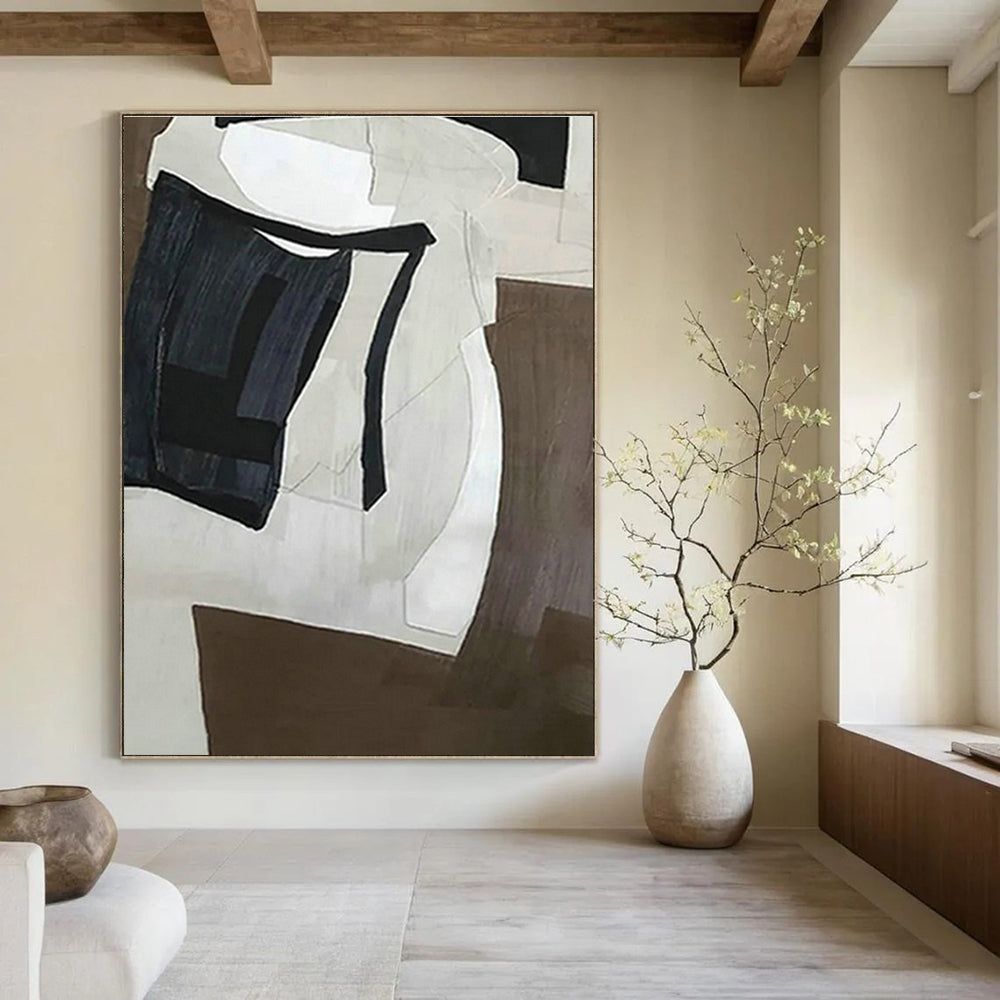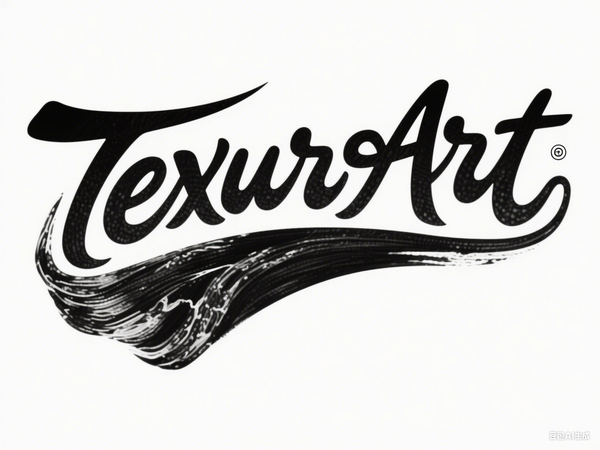
Geometric Wall Art - The Timeless Language of Shapes and Color
Share
Geometric Wall Art represents an elegant fusion of simplicity and sophistication, where bold shapes, precise lines, and vibrant color come together to form visually compelling compositions. This form of abstract art transcends subjective representation, focusing instead on the universal language of geometry to evoke emotion, balance, and harmony. Discover a curated collection of striking pieces at Geometric Wall Art.
Rooted in the early 20th century’s avant-garde movements, geometric abstraction emerged as artists sought to break away from traditional figurative art by embracing pure form and color. The power of geometric art lies in its ability to communicate profound ideas through minimal means—circles, squares, triangles, and lines combined in rhythmic or asymmetrical patterns stimulate perception and intellectual engagement. Whether displayed in modern homes or corporate spaces, geometric wall art adds a layer of contemporary elegance and thoughtful design.

Pioneers of Geometric Abstraction and Iconic Artworks
Many influential artists shaped the legacy and evolution of geometric wall art:
-
Piet Mondrian, known for his Composition No. 10 (1942), utilized grids of horizontal and vertical lines with blocks of primary colors, epitomizing the Neoplasticism movement and laying foundations for modern minimalism.
-
Wassily Kandinsky explored geometric shapes in works like Squares with Concentric Circles (1913), merging abstraction with spiritual expression.
-
Kazimir Malevich, creator of Black Square, pioneered Suprematism, focusing on basic geometric forms to convey pure artistic feeling.
-
Sonia Delaunay blended vibrant colors and geometric forms to explore rhythm and movement, expanding abstraction into textile and design.
-
Josef Albers fascinated with color relationship and geometric interplay in his Homage to the Square series, investigating perception and form.
These masters and many others used geometric abstraction to push against representational art and open new avenues for exploring space, color, and composition.
Characteristics and Techniques of Geometric Wall Art
The defining qualities of geometric wall art include:
-
Use of clean lines and precise geometric shapes such as squares, triangles, circles, and polygons.
-
Exploration of color theory, often employing contrasting or harmonious color palettes.
-
Emphasis on spatial balance and composition, sometimes symmetrical, often intentionally asymmetrical.
-
Non-representational layouts that rely on shape interplay to create dynamic visual rhythms.
-
Integration of various mediums including painting, prints, digital art, and mixed media.
These elements combine to create artworks that work both intellectually and aesthetically, allowing for reflection on form, space, and mathematical beauty.

Geometric Wall Art in Contemporary Design
Today, geometric wall art influences interior design profoundly. Its versatility allows it to complement minimalist, mid-century modern, Scandinavian, and industrial styles. Geometric pieces bring order and focus to spaces, breaking monotony with refined abstraction.
With digital art and printmaking techniques evolving, artists can now explore geometric forms with vivid colors and intricate precision, catering to personalized aesthetic preferences for homes, offices, and public spaces.
Explore More About Geometric Wall Art
-
Learn about key artists and movements in geometric abstraction at Art Story’s Minimalism and Geometric Movement Overview.
-
The Metropolitan Museum of Art’s essay on Geometric Abstraction offers a deep historical perspective.
-
Dive into profiles of famous geometric abstraction artists at BelArt Gallery.
-
For modern approaches and artists, explore Trend Gallery’s notable geometric artists.
-
Understand the broad scope and historic roots at Photo2Painting’s geometric art explanation.
-
Browse vibrant geometric art prints and posters at Art.com Geometric Wall Art.
Frequently Asked Questions (FAQ)
What is geometric wall art?
Geometric Wall Art is a genre of abstract art focusing on shapes, lines, and colors structured into balanced or dynamic compositions that emphasize form over subject.
Who are some famous geometric abstraction artists?
Famous figures include Piet Mondrian, Wassily Kandinsky, Kazimir Malevich, Sonia Delaunay, and Josef Albers.
How does geometric wall art complement interior design?
Its clean lines and shapes introduce order and modern aesthetics, fitting minimalist and contemporary settings, enhancing spaces without overwhelming them.
Where can I find quality geometric wall art for my space?
A curated selection is available at Geometric Wall Art.
What mediums are used in geometric wall art?
Mediums range from painting and printmaking to digital art and mixed media, allowing diverse textures and color expressions.
Geometric Wall Art stands as a testimony to the enduring power of shape and color in modern expression, blending mathematical precision with artistic intuition. Its presence on walls transforms spaces into thoughtful, vibrant environments that speak through the universal language of geometry.
